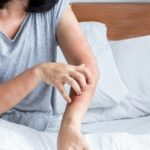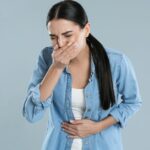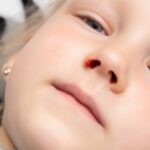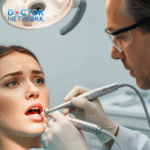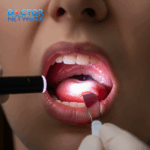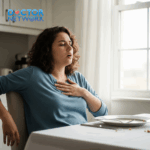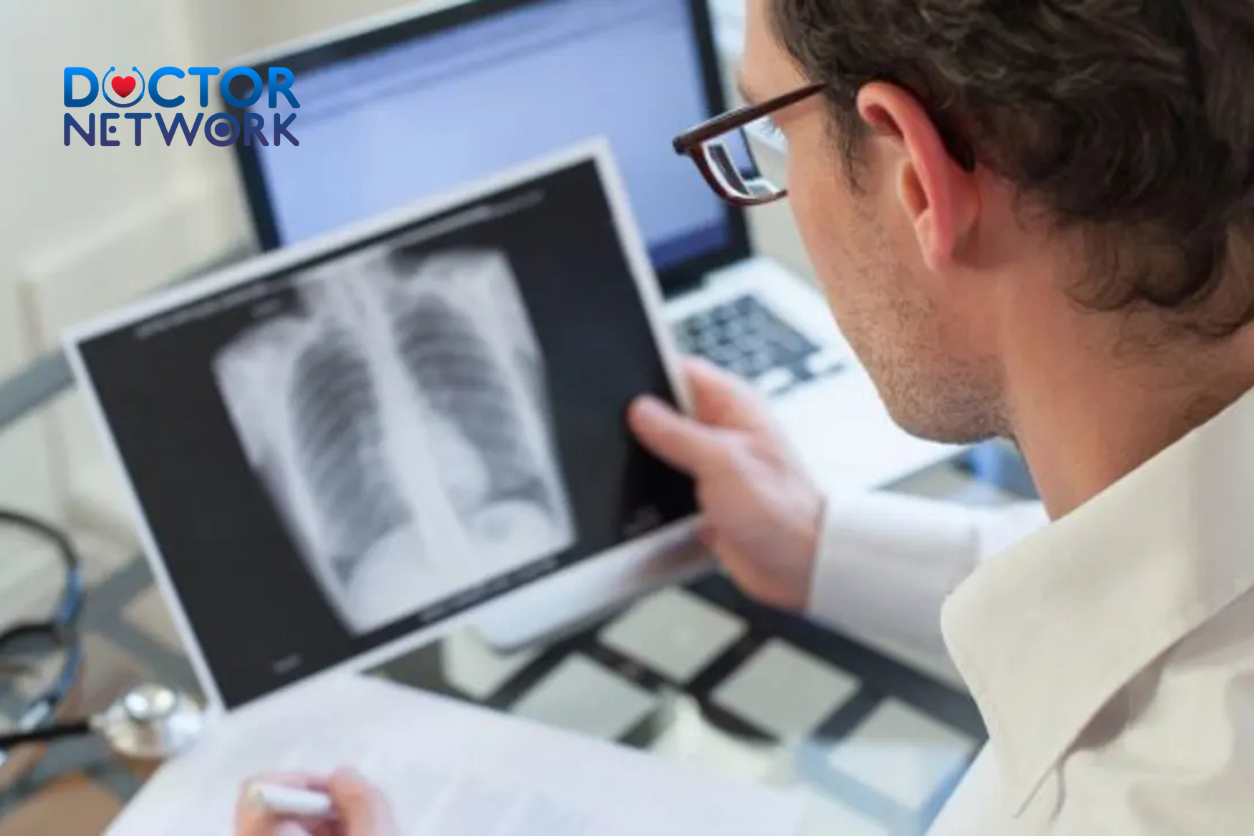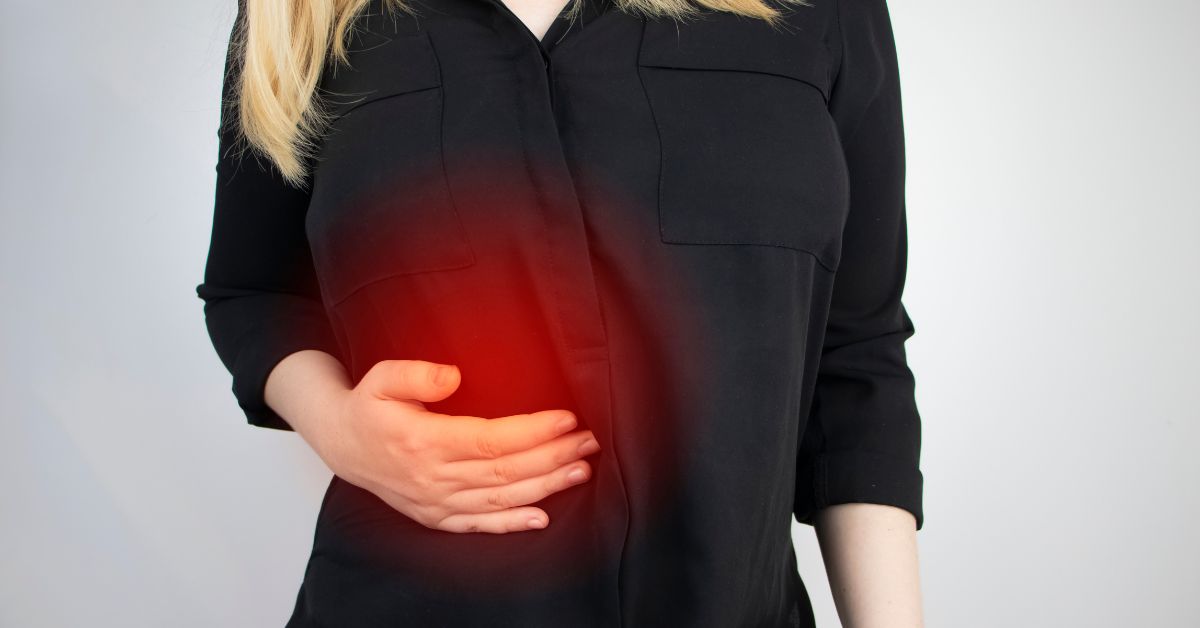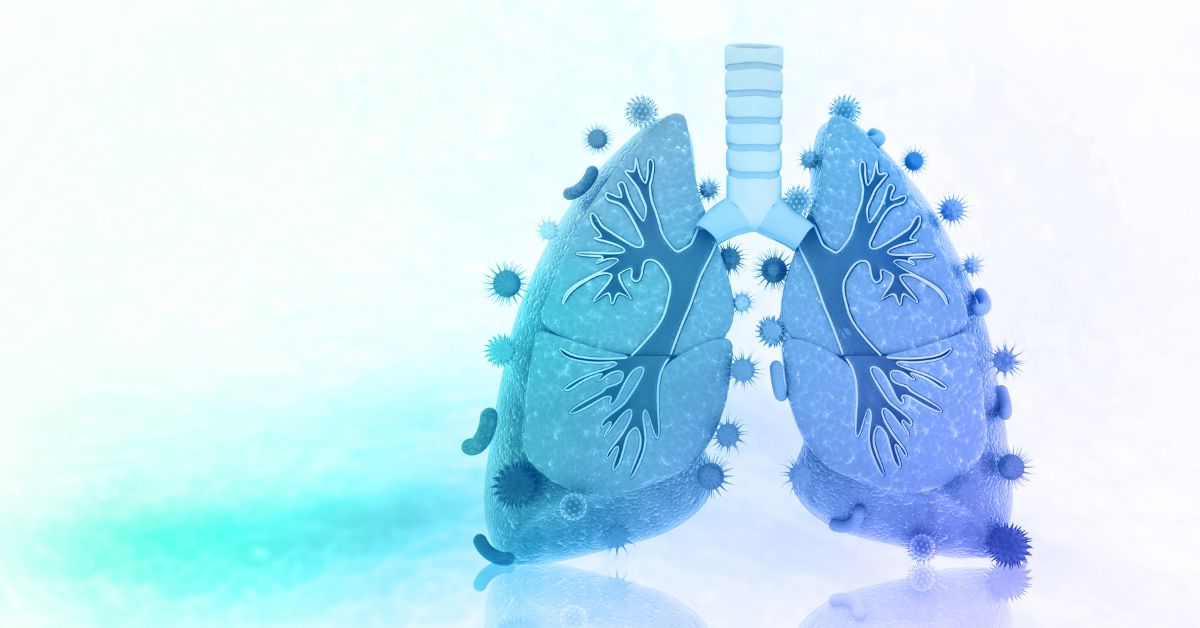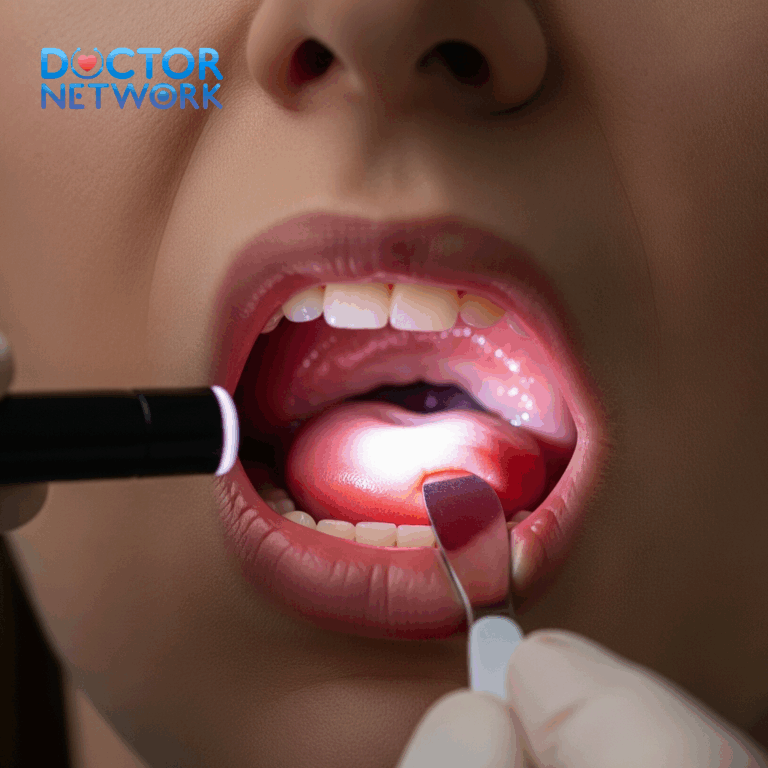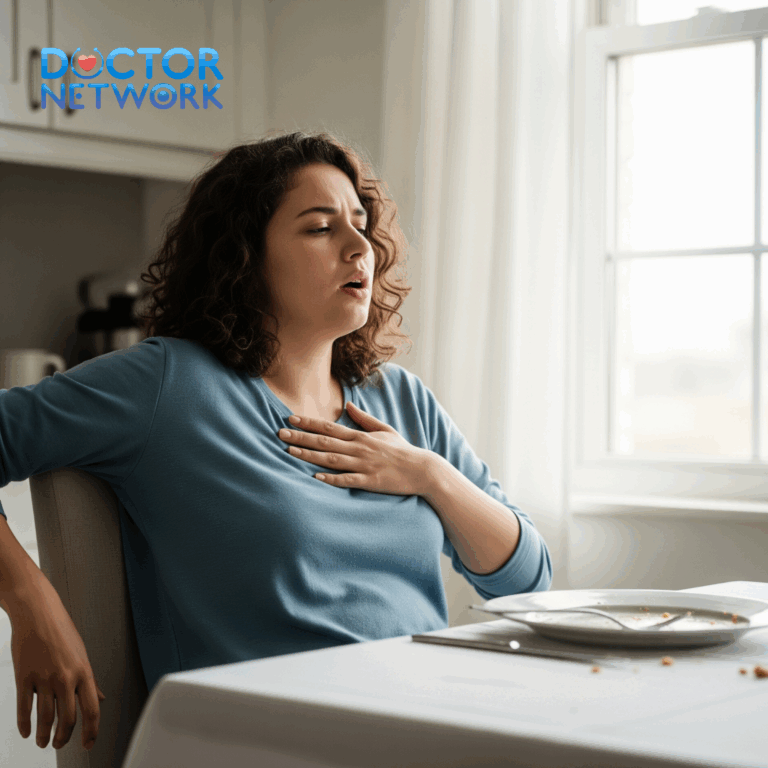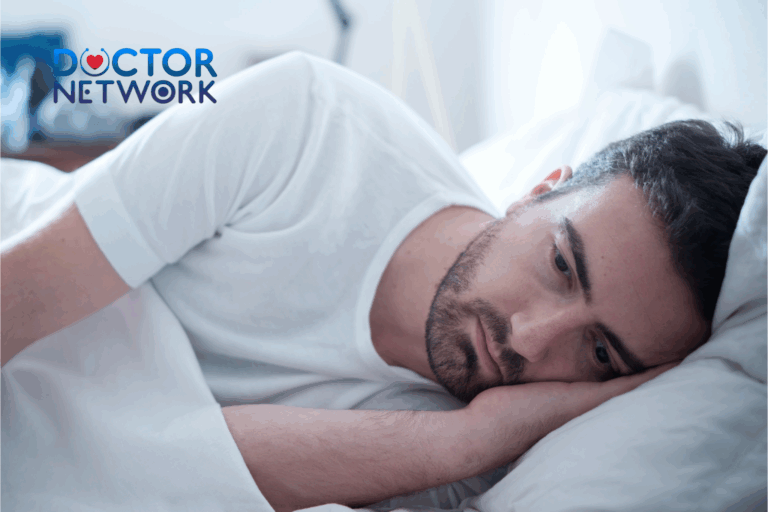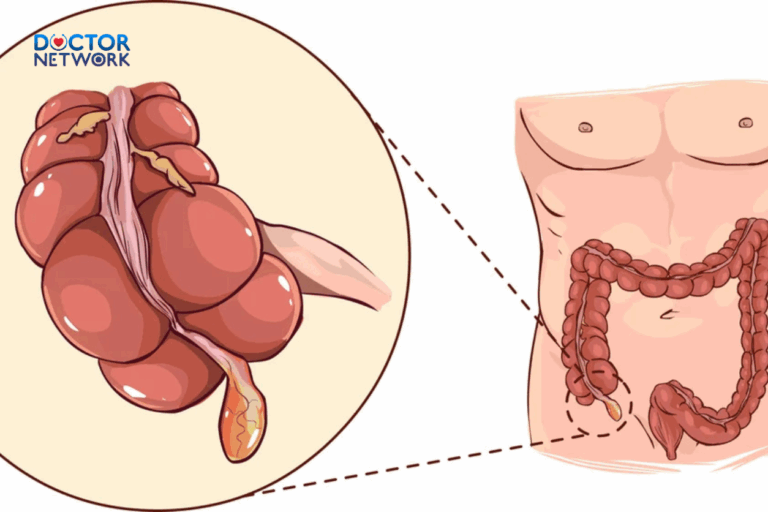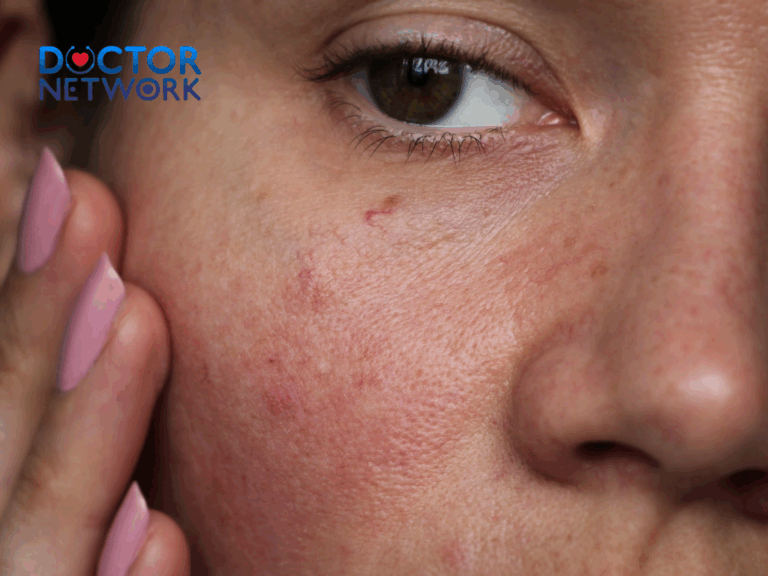The Covid-19 pandemic has presented significant challenges to healthcare agencies and governments worldwide. To address the situation, rapid testing methods have been developed, including the saliva-based Covid testing. In this article, Doctor Network will guide you through the process of rapid Covid-19 testing to achieve the most accurate results.
Is Saliva-Based Covid Testing Accurate?
Currently, there are various groups promoting the accuracy of saliva-based Covid testing, often with the “Rapid COVID-19 Saliva Test Kit” imported directly from countries such as China, South Korea, or Germany. Sellers claim high accuracy and strict quality assurance for these rapid test kits. However, the Ministry of Health has only licensed about 100 rapid antibody, antigen, and RT-PCR test products for use. All these products collect samples from blood or respiratory secretions, and no officially recognized saliva-based test has been approved in Vietnam.
According to Associate Professor Dr. Do Van Dung, Head of the Public Health Department at the University of Medicine and Pharmacy, Ho Chi Minh City, saliva-based Covid testing does not achieve high accuracy. This is because the virus primarily replicates in respiratory mucosal cells, such as the throat, nose, and bronchi, and not in the saliva. Therefore, using a saliva-based rapid test may lead to inaccurate results due to low concentration and sensitivity.
Furthermore, SARS-CoV-2 test kits must be assessed and licensed by the Ministry of Health before importation, circulation, and use. Therefore, it is advisable to avoid purchasing products of unknown origin or uncertain quality to prevent concerns and the risk of disease spread in the community.
To ensure safety and adherence to procedures, consumers should carefully check the origin and source of rapid test kits. If there are doubts about product quality, consulting with a doctor through online health advice or purchasing from reputable healthcare facilities is recommended. This ensures peace of mind and safety when determining Covid-19 infection status.

The accuracy of the saliva-based Covid testing is not high
How to Conduct the Test for Accurate Results?
Saliva-based Covid testing is a potential testing method with advantages of speed and low cost. Despite limitations in accuracy, it can still be a useful tool for disease screening and control within communities. However, PCR testing is recommended as the standard and most accurate method for determining Covid-19 infection status.
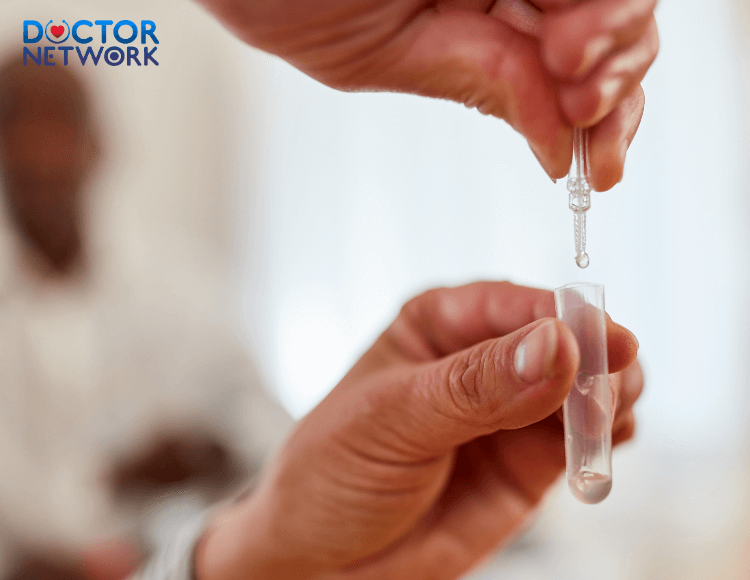
Covid-19 testing needs to adhere to a specific sequence to achieve accurate results
To achieve the most accurate results when performing a rapid test, individuals should adhere to the guidelines provided by the Hanoi Center for Disease Control and Prevention (CDC), including the following steps:
1. Before Sample Collection
- Familiarize yourself with and understand the manufacturer’s instructions for using the rapid test kit.
- Ensure cleanliness or sanitize hands to prevent external agents from affecting test results.
2. Sample Collection Preparation
- Remove the test tray from its packaging and let it reach room temperature (15-30°C).
- Perform sample collection as soon as possible, within 60 minutes, for optimal accuracy.
- Place the test tray on a flat and clean surface.
- Use a specialized swab to collect the sample from the throat.
3. Sample Collection Procedure
- For collecting respiratory secretions: The individual should sit still, tilt their head back at a 70-degree angle, and the swab should be gently inserted into the nose or throat for an optimal 5-second sample absorption. Afterward, the swab is gently rotated and removed to be placed in the sample tube.
- For collecting nasal secretions: Similar to respiratory secretions, the swab is inserted into the nose, gently rotated, and then placed in the sample tube.
4. Sample Extraction Procedure
- After successful sample collection, immerse the swab head into the sample tube and gently rotate it into the bottom and walls of the tube about 10 times.
- Immerse the swab head in the sample solution for approximately 1 minute, then squeeze the sides of the tube to extract the absorbed solution from the swab head into the tube.
- Rotate and press the swab head into the tube while pulling it out to obtain the maximum amount of solution.
- Close the tube lid tightly and shake it vigorously about 10 times horizontally to mix the sample solution evenly.
5. Result Reading After Rapid Testing
- Result reading time varies depending on the type of specimen used. Generally, accurate results will be displayed after approximately 15 – 30 minutes.
- If only the “C” control line appears on the test tray, this indicates a negative result, meaning the virus was not detected. If both the “C” and “T” result lines appear, the result is positive, indicating the detection of the virus.
- The test result is invalid if neither the “C” nor “T” lines appear, or only the “T” line appears without the “C” line.
It is important to note that the “C” control line not appearing in the result may be due to a defective test tray or insufficient sample for testing. In such cases, individuals should repeat the test to ensure the most accurate result.
Considerations for At-Home Rapid Covid Testing
Apart from understanding the accurate execution of the Covid-19 test using the rapid method, some essential considerations must be followed when conducting tests at home:
- Store the rapid test kit between 2 to 30 degrees Celsius, avoiding direct sunlight exposure. Inappropriate temperature storage may lead to changes in chemical or biological components, affecting result reliability.
- Check the expiration date of the test kit before use. Expired products may contain altered reagents, affecting result reliability.
- Avoid opening the test tray prematurely before being ready to collect the sample.
- The ideal time to perform rapid antigen testing is approximately 3 days after exposure to someone with symptoms.
- Avoid contact between fingers or cotton swab heads collecting the sample with other surfaces that may harbor bacteria.
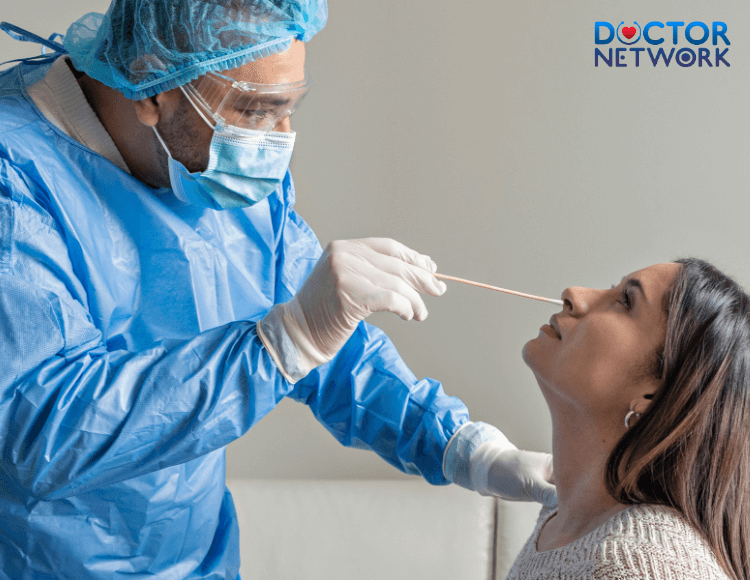
Proper storage of the Covid test kit at home will yield highly accurate results
Once familiar with the accurate and safe procedures for Covid-19 testing using the rapid method, individuals can choose and use recommended test types for at-home testing. For more information on other Covid-19 prevention methods, visit Doctor Network – a verified healthcare information video platform.
Kiểm Duyệt Nội Dung
More than 10 years of marketing communications experience in the medical and health field.
Successfully deployed marketing communication activities, content development and social networking channels for hospital partners, clinics, doctors and medical professionals across the country.
More than 6 years of experience in organizing and producing leading prestigious medical programs in Vietnam, in collaboration with Ho Chi Minh City Television (HTV). Typical programs include Nhật Ký Blouse Trắng, Bác Sĩ Nói Gì, Alo Bác Sĩ Nghe, Nhật Ký Hạnh Phúc, Vui Khỏe Cùng Con, Bác Sỹ Mẹ, v.v.
Comprehensive cooperation with hundreds of hospitals and clinics, thousands of doctors and medical experts to join hands in building a medical content and service platform on the Doctor Network application.






